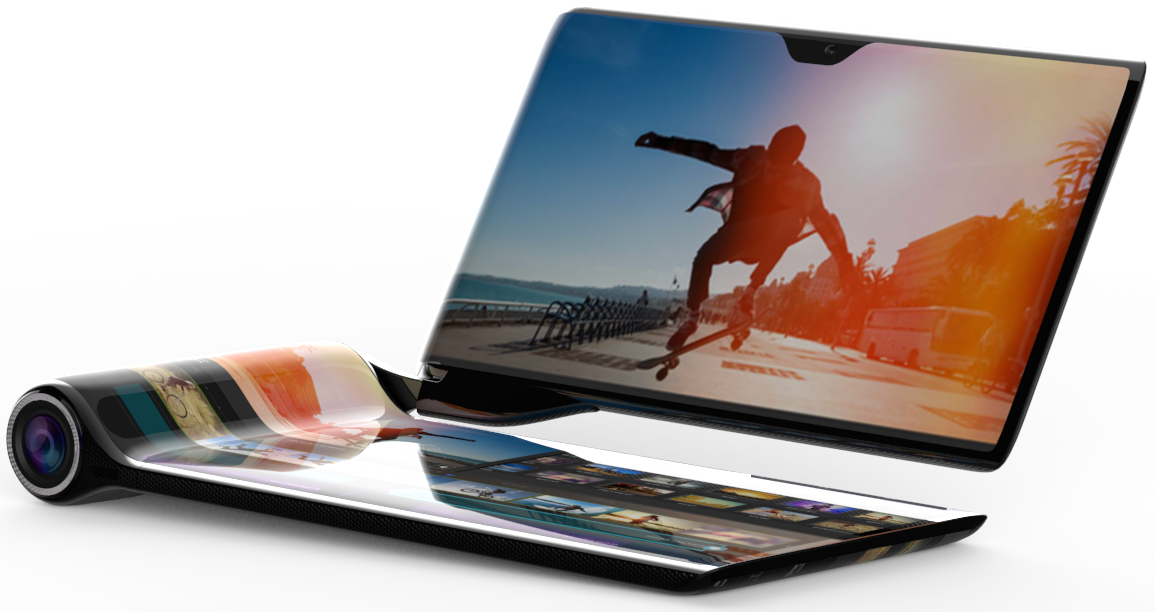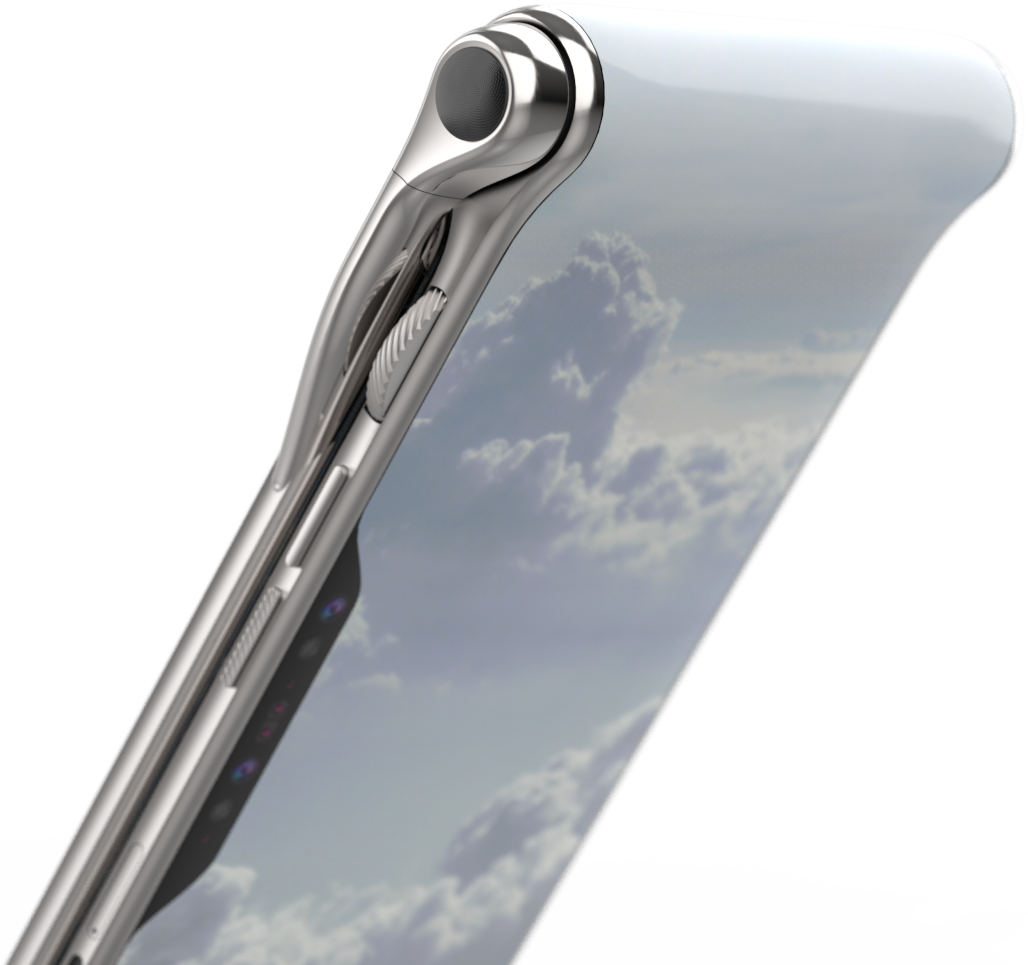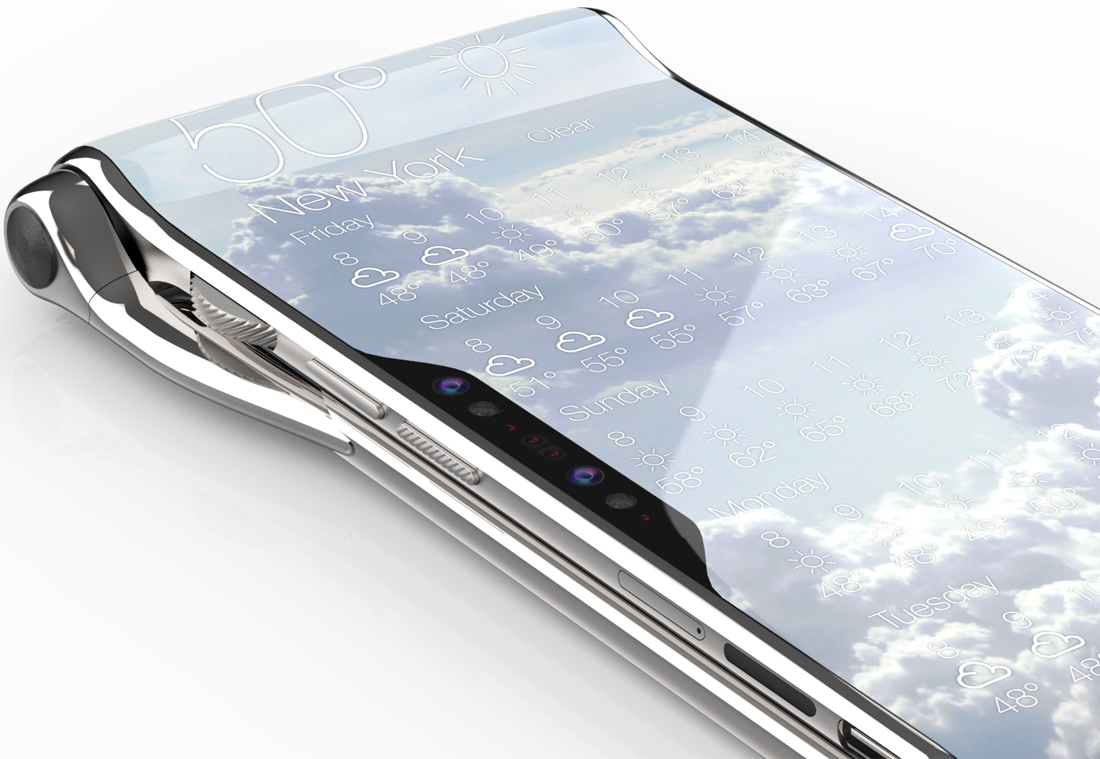Bottom line: It's hard to see how the HubblePhone is anything more than vaporware, and a bad example at that. There are a ton of questionable design decisions, many of which are seemingly done simply for shock value.
Turing Space Industries (former Turing Robotic Industries) has unveiled a concept for its next smartphone. The HubblePhone is a multi-screen smartphone that'll be powered by dual mobile processors and support 5G connectivity when it arrives in mid-2020... or perhaps more accurately, if it arrives at all.
The HubblePhone will feature four screens (well, technically three if you count the "main" display that wraps around the back as a single unit), a neat gimmick until you realize you can only really use two screens at once. There's also the adjustable arm that looks susceptible to breaking off in no time, two Qualcomm Snapdragon 855 chips that'll be outdated by the time the phone launches and a giant bulge at the top that houses a 60-megapixel, 15x optical zoom camera.
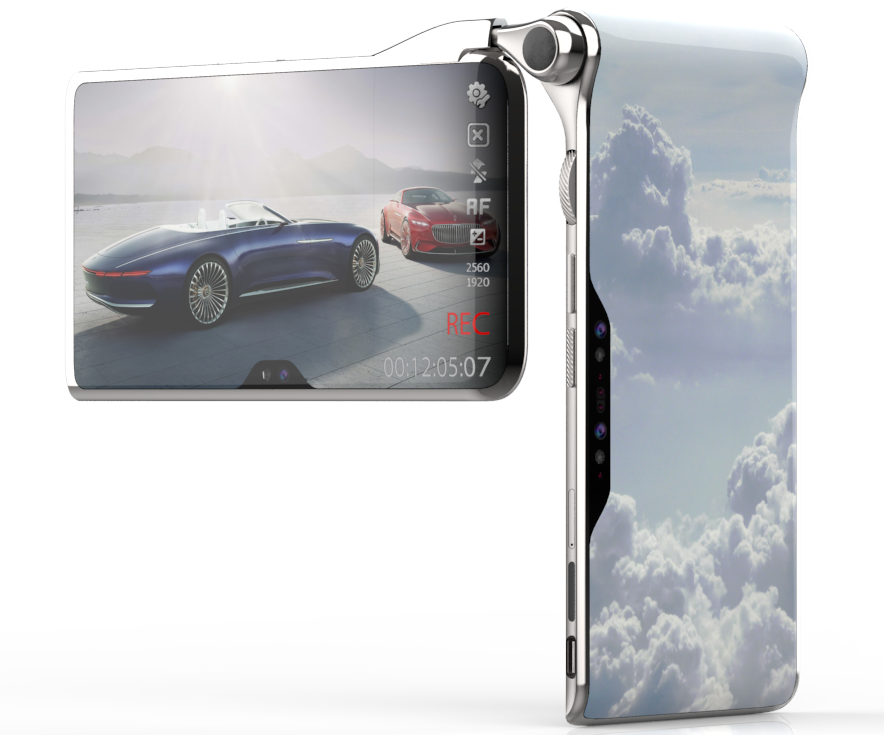
The handset's video editing software will dwarf anything available on today's smartphone, we're told. Its spec listing cites a dual OS approach running Android 9.0 (Android P) and Sailfish 3.
What's the battery life going to be like on a device with four screens? Even with dual batteries (a 2,800mAh unit in the upper deck and a 3,300mAh unit in the main deck), it's hard to see how such a device would have decent battery life unless there are some major battery advancements in the next couple of years.
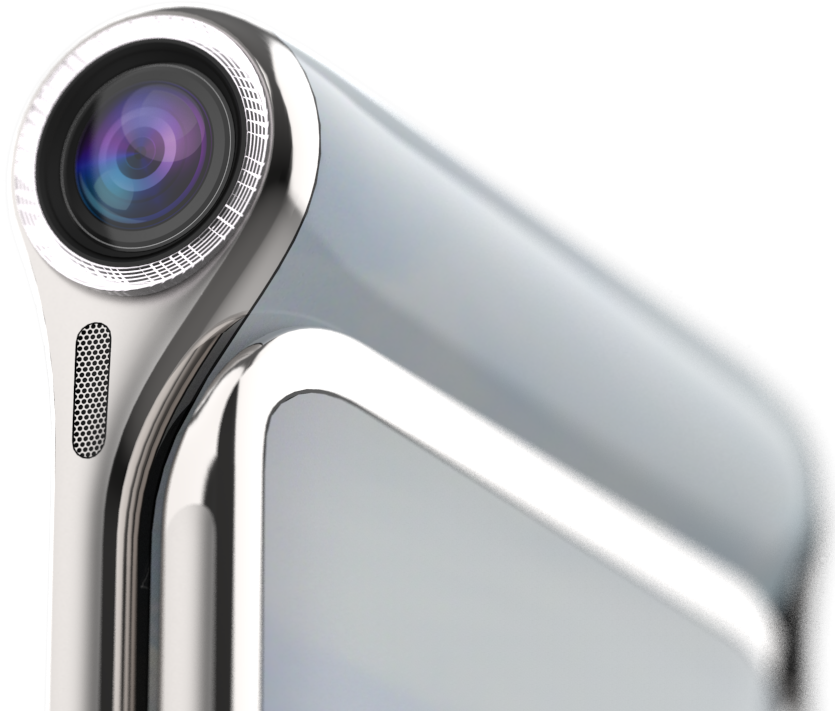
Oh, and there's the price. Turing expects people to pay $2,749 for the HubblePhone.
There's also the issue of Turin's checkered past as this wouldn't be the first (or second) phone it has launched without controversy and the whole bankruptcy thing.
Turing aims to ship the HubblePhone in the US by June 2020 with plans to launch in Europe by August 2020, China by September 2020 and the rest of the world by December 2020.
